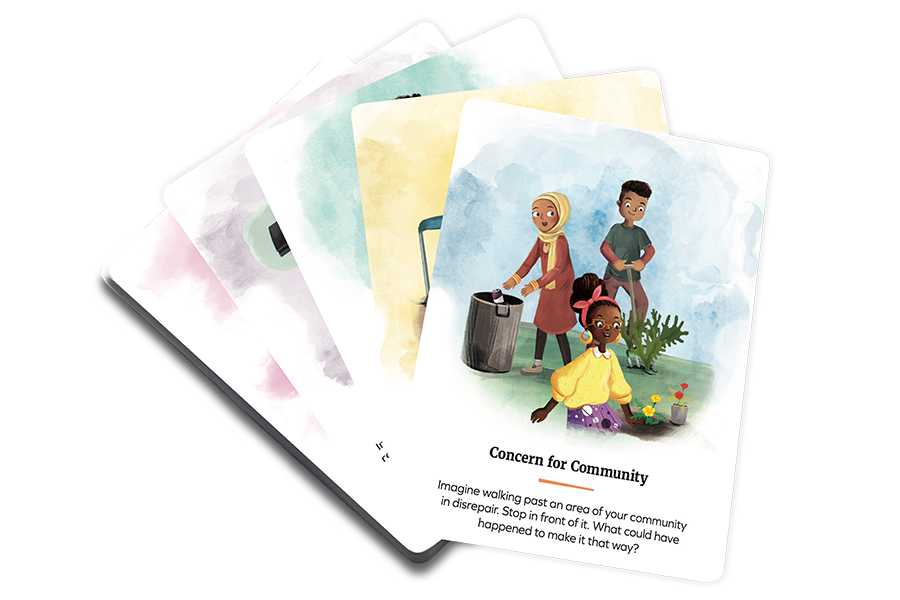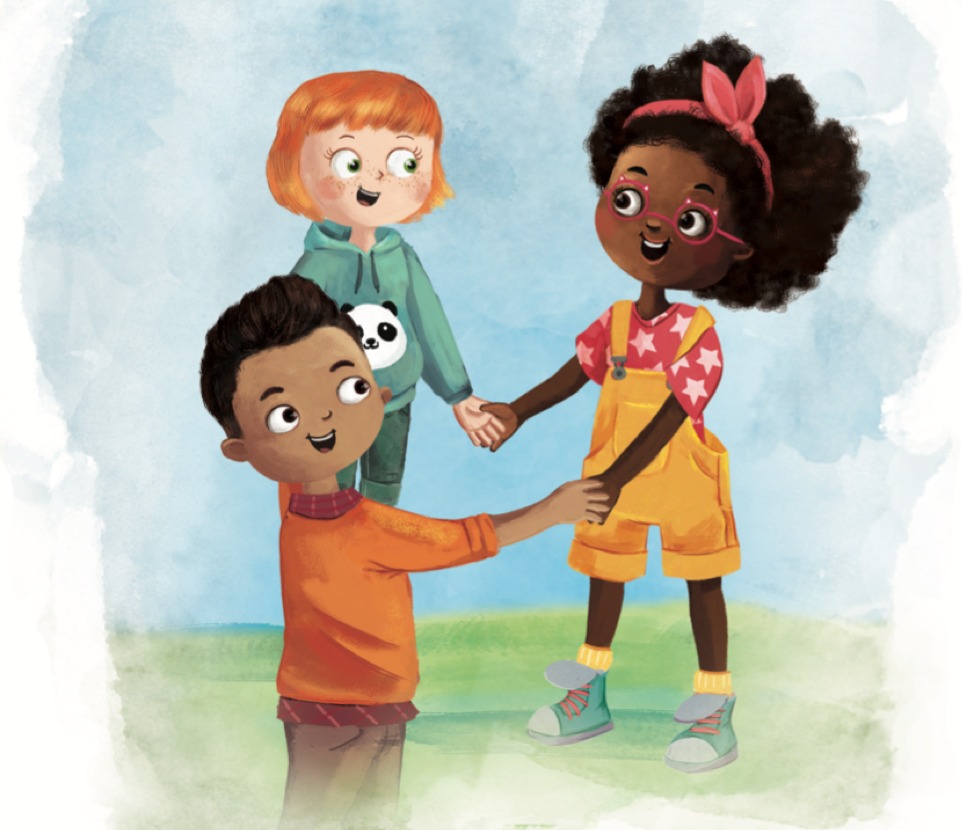


Mindfulness in the school and classroom is a strategy for reducing stress, distress, and emotional anxiety, with a goal of creating a more emotionally positive climate for teachers and students. Mindfulness is the intentional practice of focusing attention on recognizing uncomfortable feelings, thoughts, and emotions without interpreting or judging and using evidence-based tools and strategies, like breathing and maintaining focus on the present moment, to help manage those feelings, thoughts, and emotions.
Mindfulness aims to cultivate an attitude of acceptance and fosters an understanding that emotions are neither positive nor negative but rather natural experiences that can be met without judgment or suppression. Mindfulness enables a person to relax their body and mind and reduce stress. Mindfulness helps individuals practice conscious management of their thoughts, feelings, and emotions and direct their responses from the amygdala to the prefrontal cortex of the brain, enabling them to exercise a greater degree of conscious control over anxiety, stress, and distress.

Mindfulness provides students with strategies to identify, name, and manage emotions and the expression of emotions to remain in control and on a successful trajectory.
Mindfulness reduces anxiety, stress, and burnout for both students and teachers (Jennings, Lantieri, Roeser 2012), which can improve academic and behavioral outcomes. It also improves attention, concentration, and resilience while decreasing the frequency of undesirable behaviors (Mulhearn, Kulinna, Lorenz 2017) so students can remain focused on learning.
Mindfulness builds the understanding that emotions are natural biological processes that are neither positive nor negative, but are neutral experiences. Mindfulness helps students become acquainted with our eight basic emotions, which were articulated by psychologist Robert Plutchik. The eight basic emotions are: anger, joy, trust, sadness, disgust, surprise, anticipation, and fear.


The Mindful Student includes twenty grade-specific, age-appropriate mindfulness lessons. Each lesson focuses on a C.A.R.E.S. competency and grade level skill. The Mindful Student is carefully designed to meet students where they are developmentally, so the activities range from hands-on explorations to quiet reflections depending on the age and stage of the students. What’s more, no two cards are alike: each grade level receives a unique set of activities to be implemented whenever students need to reset.
The lessons offer students strategies for recognizing and managing intense emotions. These strategies include body scans and visualizations, drawing and writing, and even partner and small group collaborations. With consistent practice, mindfulness strategies help students maintain self-control in the moment and remain on a successful trajectory.
The Mindful Student activities focus on one of the seven Fly Five Mindfulness Principles. These principles highlight simple practices that students and teachers can incorporate into their daily routine. They remind us to stay present, aware, and in control of our emotions, which helps us maintain perspective and balance in any situation.